Buying a wardrobe which matches up to your expectation is like juggling around with frogs because there would be some or the other factor that you will have to compromise with, whether it be the division of space inside the wardrobe or its outer appearance, therefore it is always a better option to build your own customised wardrobe especially, when you want your wardrobe to harmonize with the décor of your room.
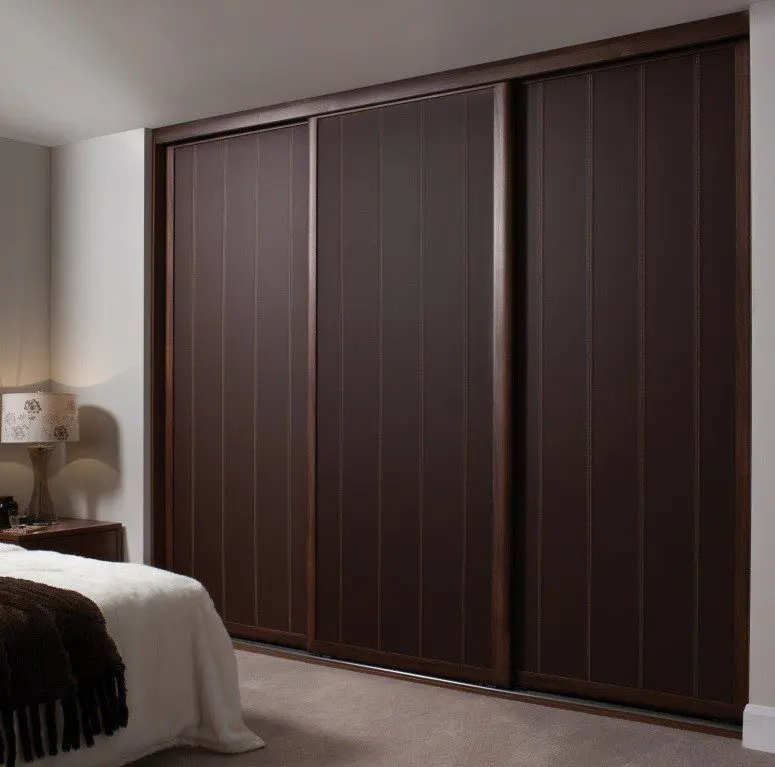
After you have made the decision that you want to have your own customised wardrobe the very first question that arises is “Where do I start from?”
So here is the step to step procedure to design a custom wardrobe
Step-1: Design of Wardrobe components
To begin with the first step everyone should have a basic understanding of what are the components of a general wardrobe. This step deals with the selection of type and no. of components that you want to have along with the dimensions of each component. The table below lists out the basic components along with its use:
| SR. NO | COMPONENT TYPE | USE OF COMPONENT |
| 1. | Gable | This is the part which forms the basic structure of the wardrobe. It is formed by the intersection of the material from which the wardrobe is made of. |
| 2. | Hanging rods |
These rods are basically used for hanging of clothes the height below the rods can be kept according to the requirements or as follows- 1. Full hang (up to 1700 mm)(67”) 2. ½ hang (up to 1000 mm)(40”) 3. ¾ hang (up to 1500 mm)(59”) |
| 3. | Fixed shelves |
These are spaces that are used for keeping stuff. The head room for these spaces can be as per requirements. (Length can be from 150mm(6”) to 400mm(16”) or as per requirements) |
| 4. | Adjustable shelves |
These shelves initially have lesser headroom and are used for keeping smaller stuff but when adjusted, the headroom can be increased and can be used for other purpose too. (Initial and adjustable length as per requirement) |
| 5. | Drawers |
A drawer is that part of the closet which is used for keeping stuff that we don’t want to display or stuff that are really small. (Length can be 150mm)(6”) |
The basic width of each shelve can be kept 550 mm- 600mm (22”-24”) or can even be customised according to need.
After understanding the components of a wardrobe the next thing to be done is to ask yourself a few questions which would help you in getting an idea and list of space that you want to have in your wardrobe. The question are as follows-
- How much hanging and drawer space do you need?
- How long should your hanging space be?
- Do u need more open shelving or drawers?
- Do you require space for hanging ties belts etc.?
- Do you need drawers for jewellery with custom dividers?
Step-2: Decide on the Type of Wardrobe
For the next step you need to select the space where you want your wardrobe to be located and what type of wardrobe you need. There are 4 types of wardrobe –
Type#1: Stand-Alone Wardrobe
This is the most basic and traditional type of wardrobe found in almost every house. The basic height of these type of wardrobes is 2100mm- 2300mm (7”-7.5”). It is a good option for people who keep migrating as they can carry this wardrobe along with them. These wardrobes are available in different materials such as plastic, metal and wood with different kinds of finishing material.
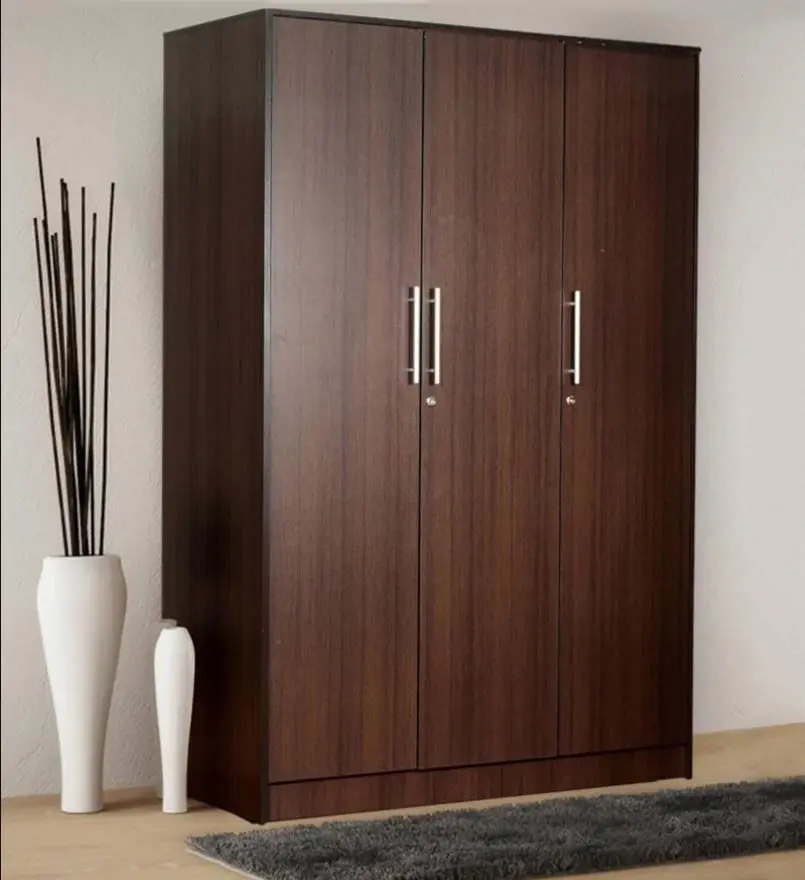
Type#2: Full Height Wardrobe
These kind of wardrobes generally cover area from the floor to the top of the ceiling
Nowadays people prefer using full height wardrobe instead of the old traditional ones. Full height wardrobes are generally wall mounted therefore it acquires less space. These wardrobes also improves the aesthetics of the room by making it look elegant and super organised. These wardrobes come in 2 types-
- Full panel wardrobe
- Wardrobe with loft
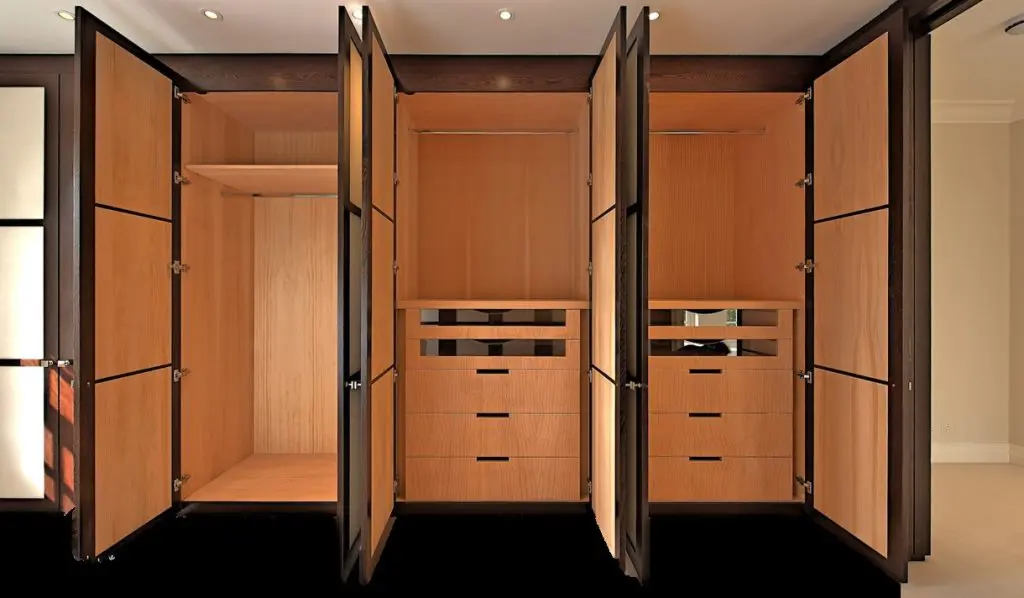
Full Panel Wardrobe
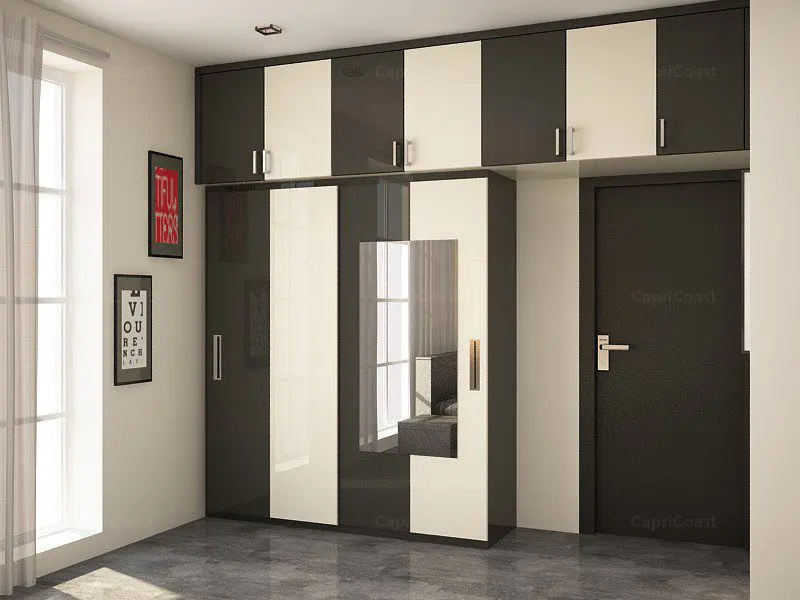
Wardrobe with Loft
Type#3: Sliding Wardrobe
When there is lack of space people prefer using sliding wardrobes as it acquires very less amount of space as compare to other wardrobes. It gives a very sleek and sophisticated look to your space.
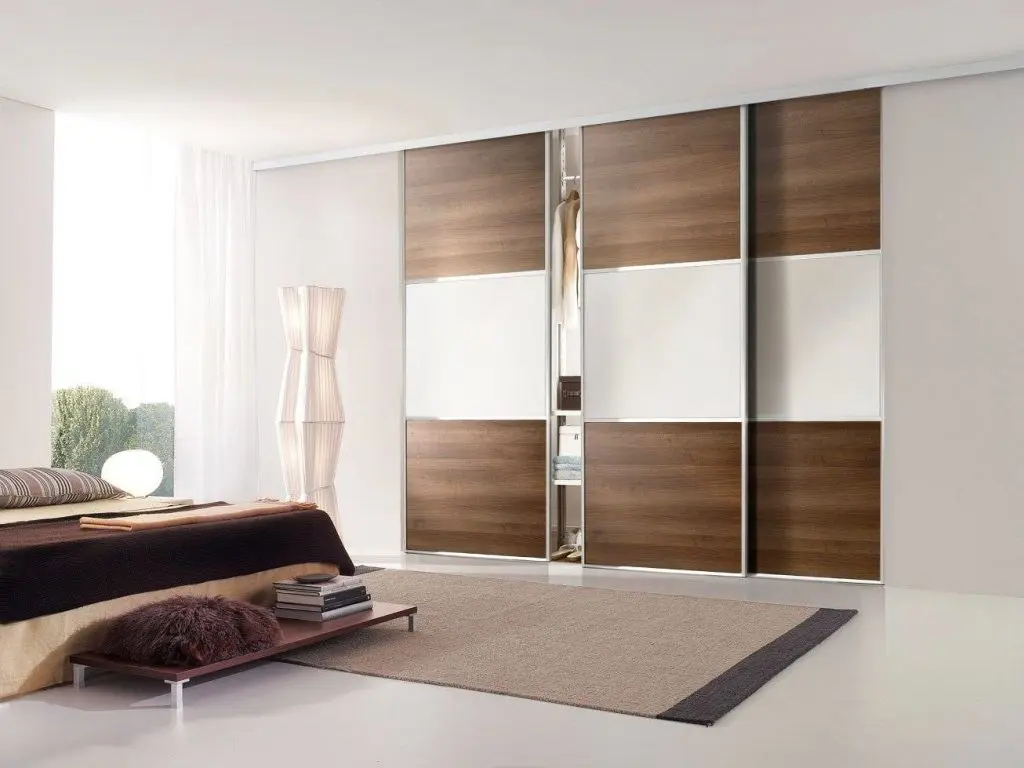
Type#4: Walk-in Wardrobe
Walk-in closets are a symbol of ultimate luxury because these wardrobes can be built only if you have a very huge amount of space. Generally a large room is converted into a walk in closet. This closet contains large amount of shelves, drawers and sometimes even a dressing table with a chair.
Walk in wardrobes are of 3 types U- shape, G- shape and parallel.
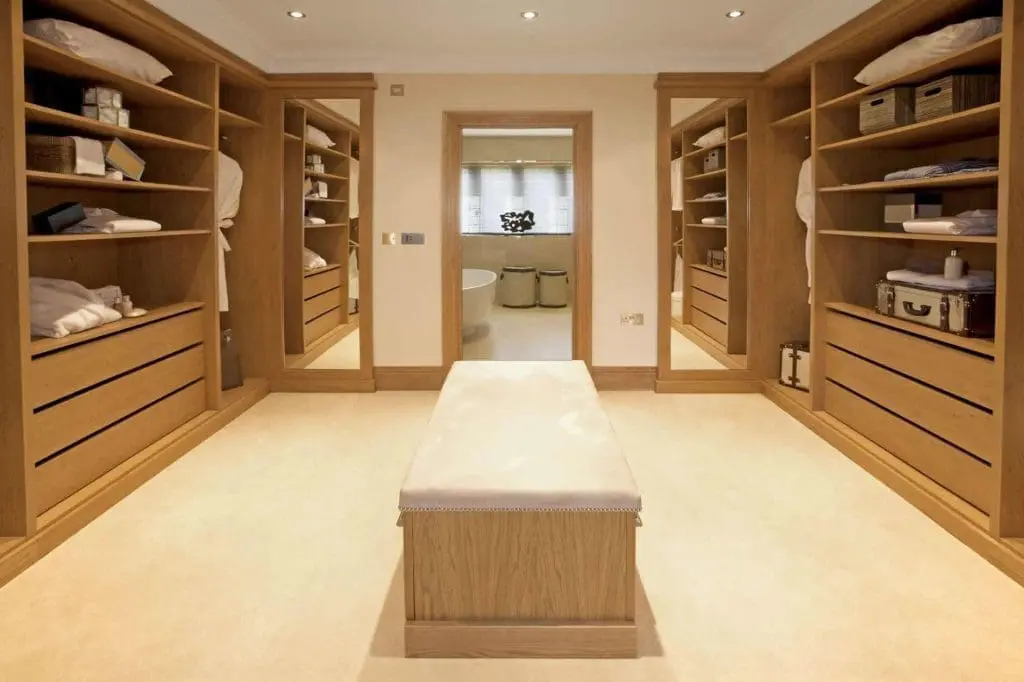
Step-3: positioning of the Wardrobe
DESIGN! Now that we have all the requirements along with the number and dimension of spaces we can start with the designing procedure.
First of all make a floor plan of the room and then mark the area where you want your wardrobe to be placed for that you need to keep in mind the following guidelines-
- Wardrobe length should meet your requirements.
- Enough walking space should be provided in front of wardrobe (at least 760 mm (30”)).
- If wardrobe is placed next to the door/entrance, at least 500 mm (20”) gap should be provide between the wardrobe and entrance.
- The placement of the wardrobe can be on-
- The standard specified area
- Straight wall
- Left corner opening
- Right corner opening
After deciding the placement, start creating as many design options as possible, keeping in mind the basic requirements.
Step-4: Selection of Materials for Wardrobe
After you are done with all the tricky work the next thing you need to do is to select the materials for the exterior as well as the interior. So here are a few materials that you can choose from
A. Select the Base Material for your wardrobe
Here are some of the commonly used base materials for your wardrobe that you can choose from
- MR or BWR Plywood
- Particle Board
- Medium or High Density Fibre Board (MDF/HDF)
1. MR or BWR Plywood
Plywood is the most preferred choice of material for making Custom Wardrobes. Plywoods are crafted by combining layers of wood cut in sheets (also called ply) together using binder. The binder used for combining this wood is urea formaldehyde resin.
There are many types of plywood available in the market. Some of them are:
- Moisture Resistant (MR) Plywood (Also called Commercial Ply)
- BWR/BWP (Boiling Water Resistant/Proof) Plywood
- Marine Plywood
Marine Plywood is the most common type of plywood used in Wardrobe construction. BWP plywood is generally used in areas prone directly to water like kitchen, bathroom etc., Although BWP/BWR plywood can be used for wardrobe construction, its not an economical option.
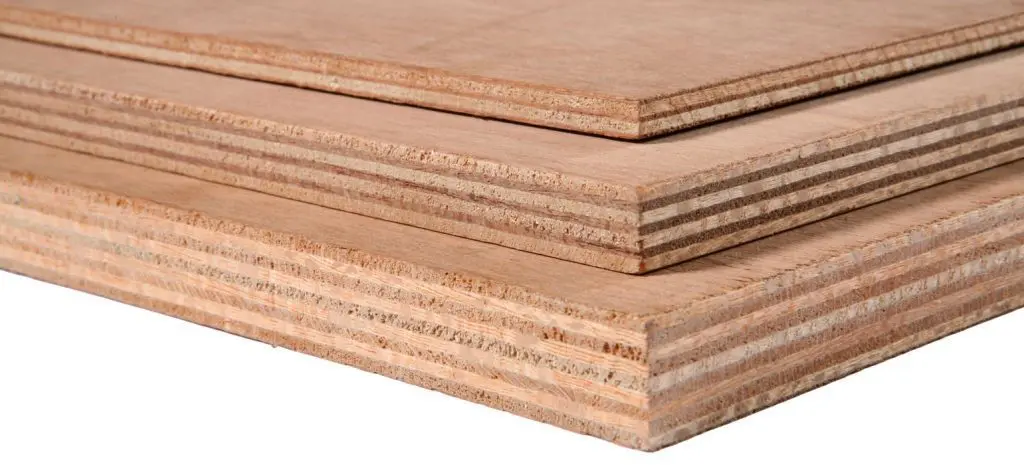
2. Particle Board
Particle board is a man-made material which is made by joining chips of wood, wood shavings and sawdust together. This material is widely used for the crafting of furniture used in office spaces and commercials.
One type of particle board is the pre- laminate particle board, this board lasts longer than the non-laminated one. This type of wood is available in different densities, colours and viscosities.
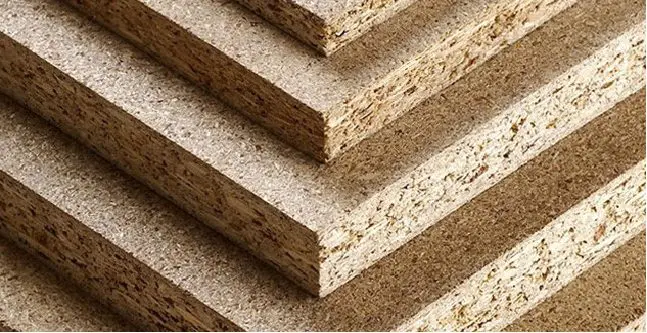
3. Medium of High Density Fiber Board (MDF/HDF)
This is another type of engineered wood made by sticking fibre particles together with the help of raisin (binder). It has more strength than the particle board and is also cheaper. MDF is not easily affected by weather change.
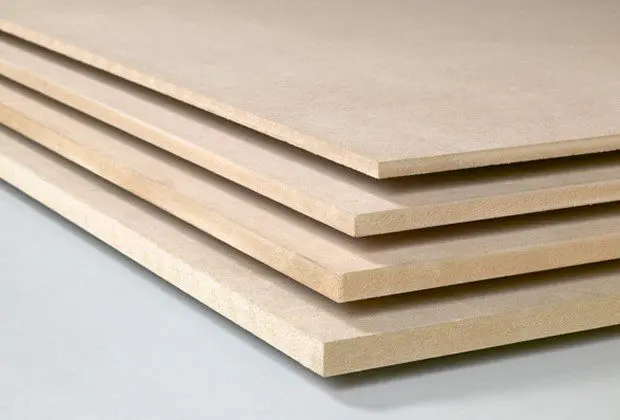
B. Select finishing Material of Wardrobe
You can use materials which match up to the décor of your room and makes it elegant and classy. Here are some of the commonly used materials from which you can choose.
- Laminates
- Color Glass/Mirror Glass
- Veeners
- Acrylic Finish
1. Laminates (glossy / Matt / Digital)
Laminates are the most frequently used finishing material for Plywood, MDF, and particle board wardrobes. They are made by compressing layer of plastic resins and paper. A coloured layer or textures are then added on the surface. There are various kinds of laminates available in the market such as Matt Finish, Glossy Finish and Digital Laminates. You can choose any of them complementing to your décor.
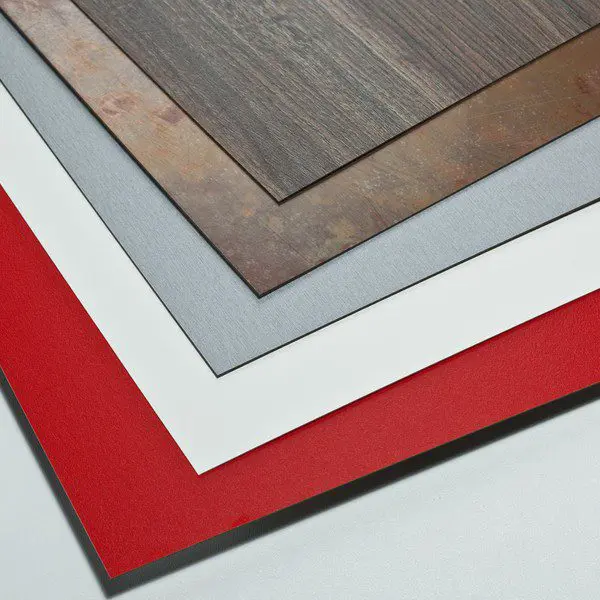
Matt Finished Laminates
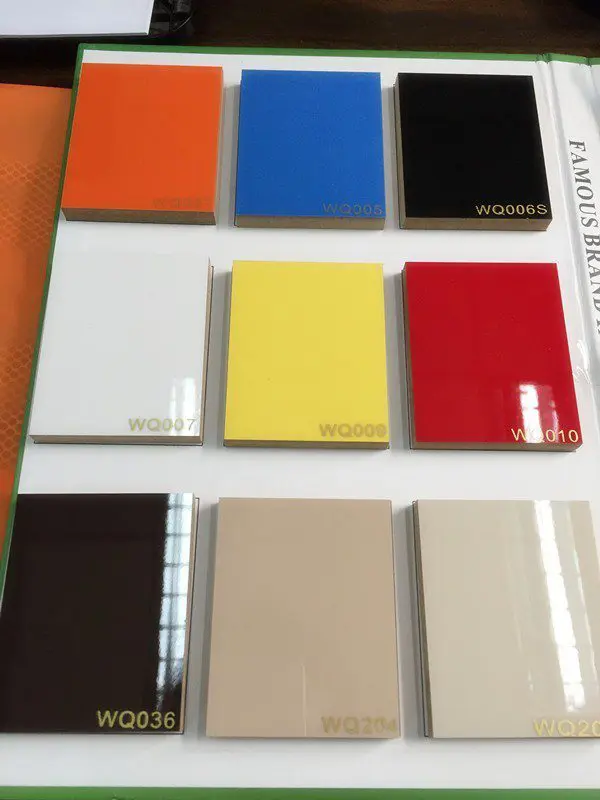
Glossy Finished Laminates
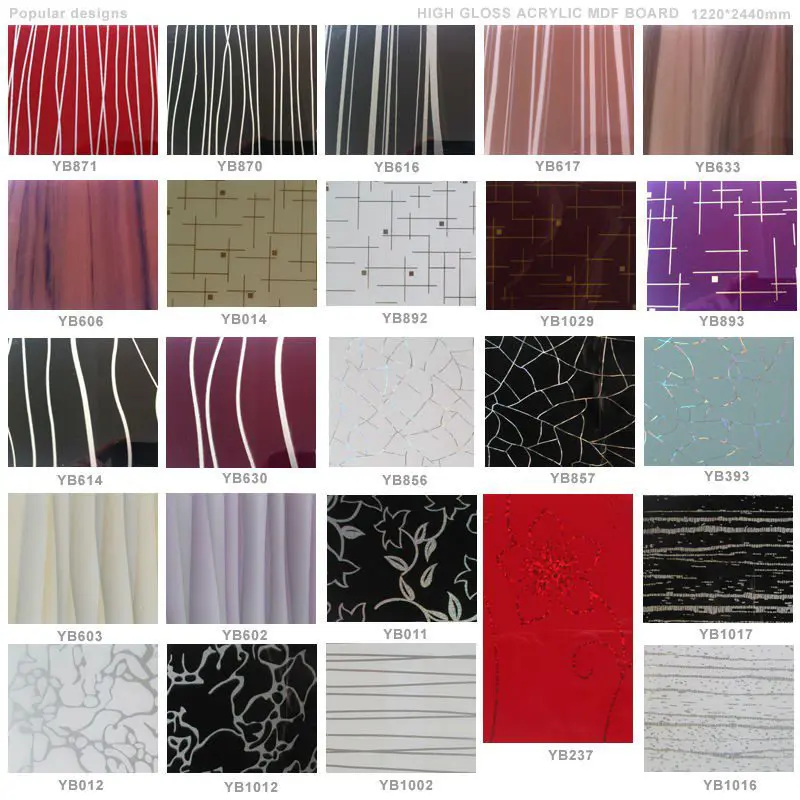
Digital Finished Laminates
2. Colored Glass / Mirrored Glass
Wardrobes fitted with glass gives an elegant and contemporary look to the wardrobe. One advantage that wardrobe with glass has is that in can get along with any sort of décor irrespective of the type of glass you use.
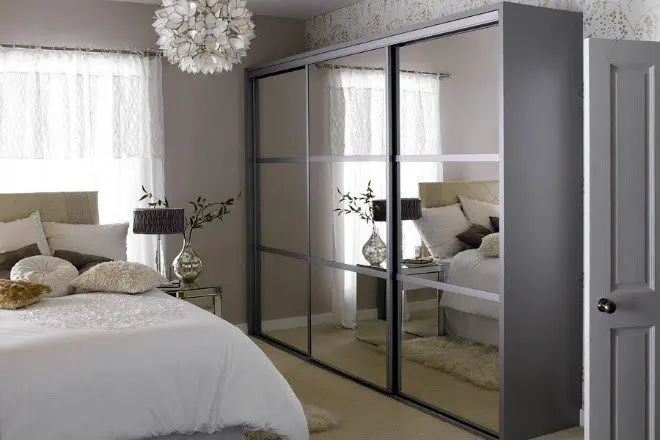
3. Veeners
Veneer is another finishing material that can be used. They are made by slicing and peeling of tree trunk. There are various kinds of veneers available in the market you may choose any of them which suits you.
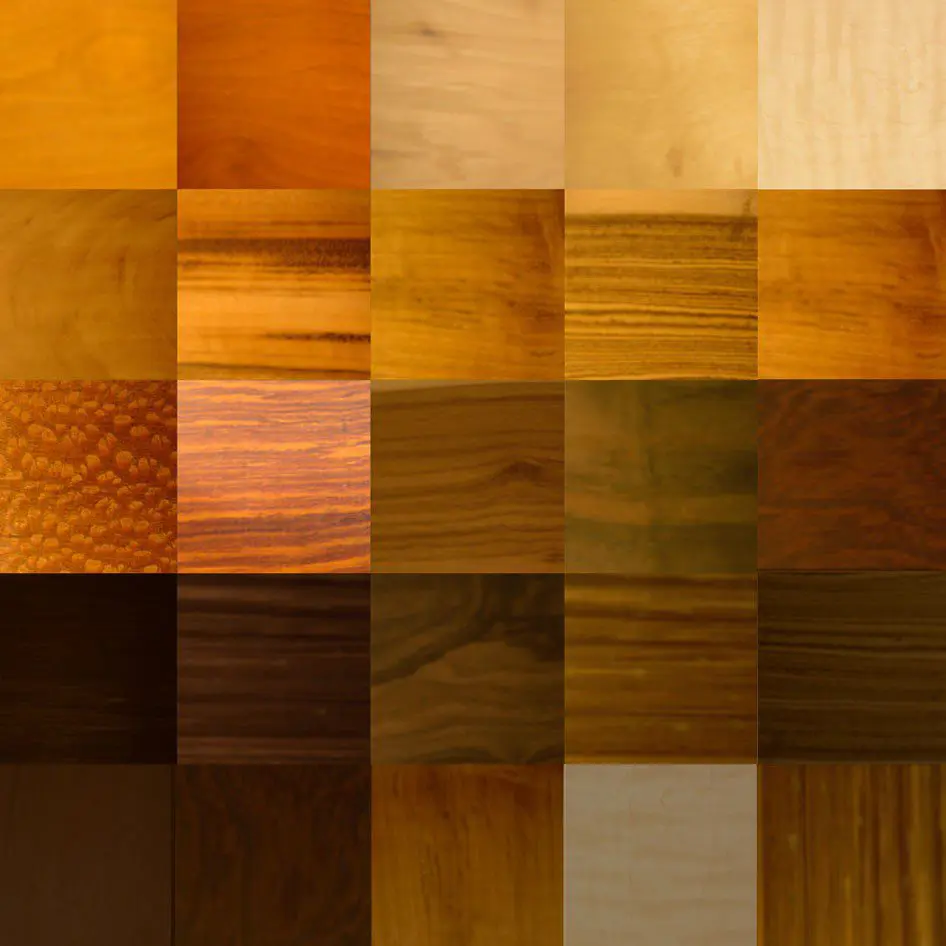
4. Acrylic finish
Acrylic finish is another material which is used quite frequently these days. These are non- toxic and are similar to lacquer. These finishes are available in a wide range of colours with reflective high gloss finish, matt finish, ultra gloss finish and wood grain finish.
Accept for the above listed materials there are many other materials available in the market such as leather, leather faux, polyurethane etc. any of them could be chosen which suits your taste as well as pocket.
All the above things sound easy going but actually it isn’t everything must be done with utmost care and attention because wardrobe is a one-time investment so be careful before you each and every step.





